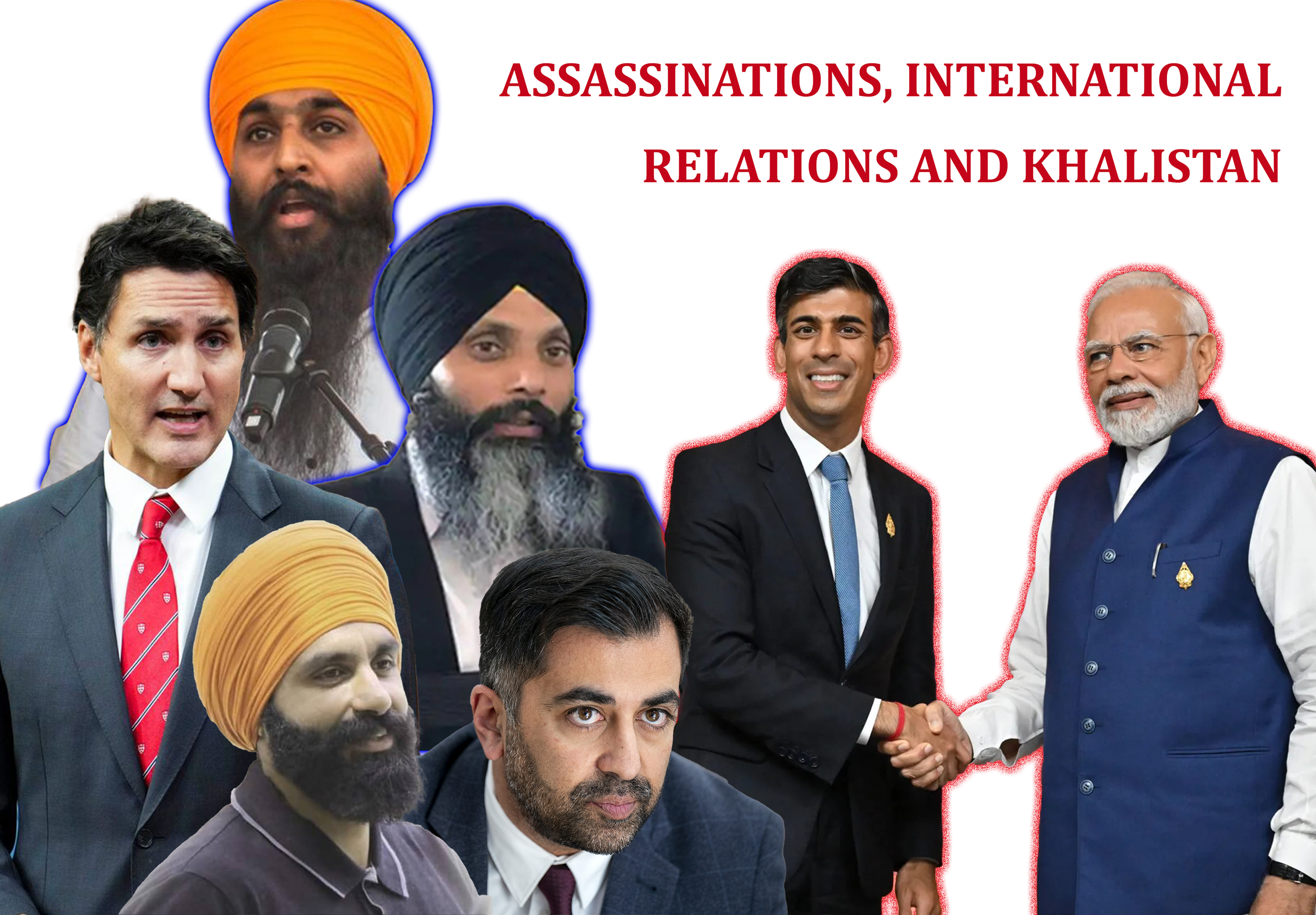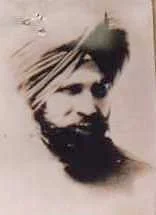How Indian commandos, trained by Mossad and briefed by British SAS, were greeted by Khalsa Forces
/It has long been known within Sikh Activist circles that Indian soldiers who invaded Sri Darbar Sahib in June 1984 were not only advised by British SAS agents but also received specialist training by Israeli Mossad operatives.
In a recent article, Prabhash K Dutta boasted about the involvement of Mossad and whilst his piece was littered with sensationalist propaganda vilifying Sikh activism, it highlighted the military prowess of the Khalsa, who withstood attack after attack before the Indian army eventually broke through with the aid of armoured vehicles and battle tanks.
Dutta claims the commandos trained by Mossad were part of the 56th commando company of the Indian Army. They formed part of the elite task force deployed into battle with the Khalsa combatants who had fortified Sri Darbar Sahib in anticipation of the attack, which Indian forces code name Operation Bluestar.
Whilst the Indian Army has never openly admitted this, former Major Generals have come out with accounts that show how much the Indian Army suffered. In an interview with Day & Night News in 2012, the Divisional Commander of Amritsar, Major General J. S. Jamwal of the 15th division admitted how he refused to carry on, “the operation had more or less failed...the moment we moved one soldier forward, a bullet would come flying in and he would get shot”.
He went onto state “there were tremendous army casualties, the guards suffered heavily”. At that point he describes how General K.S. Brar soon became fearful of what he was seeing, despite bullishly claiming days earlier “we shall see to it that they [the Sikhs] are on their knees in just two hours”.
Whilst the Khalsa contingent at Sri Darbar Sahib was limited in both personnel and weaponry, under the tactical leadership of General Shabeg Singh and the overall command of Sant Jarnail Singh Bhindranwale, they decimated wave after wave of Indian attack.
Such was the tactical masterplan of Sikh Generals, that despite six days of pitched battles, Indian forces only broke through to the Akal Takht when they asked Delhi for permission to bring in armoured vehicles and Vijayanta battle tanks.
This proved to be a turning point in the battle as photographs which emerged later indicated quite clearly that the Vijayanta’s 105mm main armaments pumped high-explosive squash-head shells into the Akal Takht. Due to the repeated explosions, the Akal Takht was reduced to rubble and the Sikh fighters attained martyrdom defending it. General Shabeg Singh's body was found amongst the rubble, with his hands clutched to his carbine.
For Sikhs, the battle is placed amongst some of the most illustrious battles from Sikh history, whilst for the Indians it is viewed as an embarrassment. Despite the Sikhs being totally outnumbered, they kept the might of the entire Indian army at bay for six days. An army who had received specialist training from Mossad and tactical advice from British intelligence services.
The world witnessed the military prowess of the Sikhs as a force of approximately 250 Khalsa took on seven divisions of the Indian Army, including all three wings of the armed forces – Army, Navy and Air Force that were brought into the operation.
Mary Anne Weaver, a British correspondent in her report to the Sunday Times dated June 17, 1984, stated “Not since Independence had the army been used in such numbers – about 15,000 troops took part in the assault, with another 35,000 standing by”.
The courage, bravery and resistance shown by the Sikh fighters is awe inspiring. Facing impossible odds, they gave their lives to protect their faith and nation. It is on record that in stark contrast to the Government, who was indiscriminately massacring Sikhs, the Sikh soldiers engaged only with the army, and no civilians were reported to have been harmed.
Military analysts have commented that although the Sikhs that defended Sri Darbar Sahib kept the army at bay for almost a week, had the Sikh Regiment been stationed in Panjab, the outcome of the battle would have been very different.
In 2012, Gurdwara Thara Sahib which is situated within Sri Darbar Sahib, right next to the Akal Takht, was unveiled by the Sikhs to commemorate the Khalsa martyrs of the Battle of Amritsar 1984. The Sikhs who fought to defend Sri Darbar Sahib are revered the world over, with photos of Sant Jarnail Singh Bhindranwale, General Shabeg Singh, and many others, are proudly displayed in Gurdwaras and other Sikh spaces.
Whilst Sikh activism and political dissent continues to be vilified to this day, the Sikhs remain steadfast in their struggle. They proudly commemorate the achievements of those brave Sikh combatants of the Khalsa, who 34 years ago, whilst heavily outnumbered and under resourced, battled paramilitary troops and commandos trained by some of the most decorated militaries around the world.
In the end those highly trained commandos, battalions and regiments proved ineffective as Indian Generals were forced to send in armoured vehicles and battle tanks to overcome the resistance shown by Sant Jarnail Singh Bhindranwale and the Khalsa forces.




